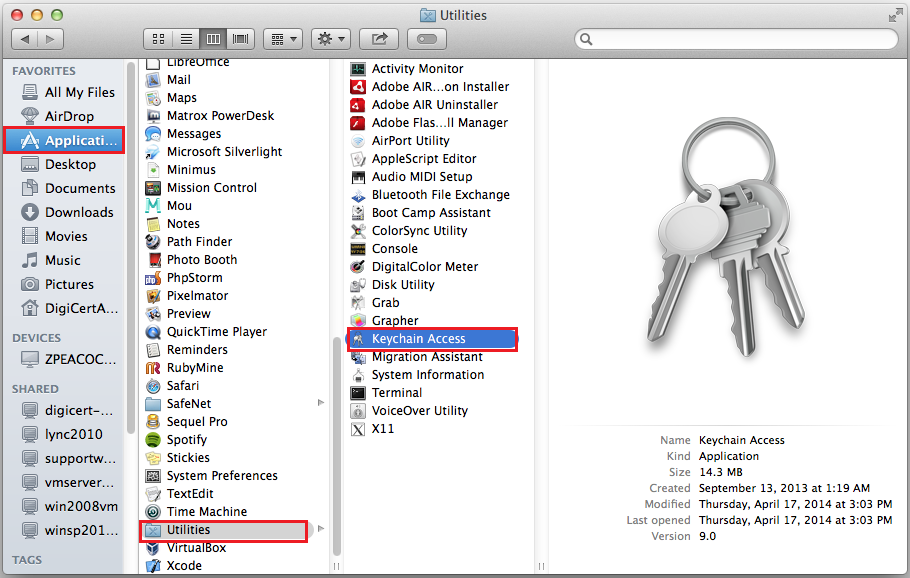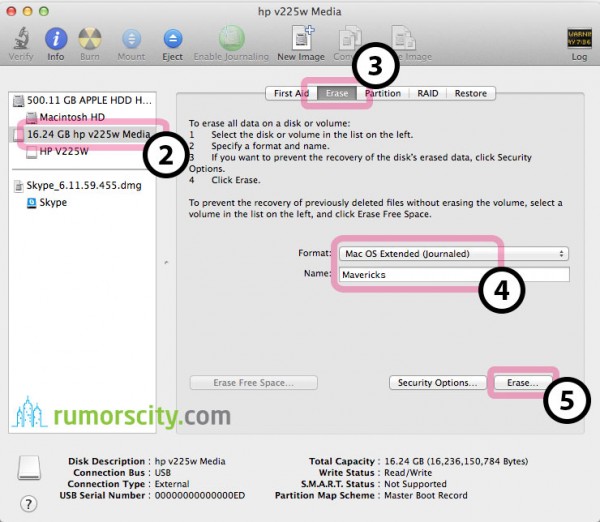

* Command Line Tools (macOS High Sierra version 10.13) for Xcode-10.1 * Command Line Tools (macOS El Capitan version 10.11) for Xcode-8.2 For example, iconsthat Apple supplies with Mavericks are in. Or use the OS X installation disc that came with your machine or buy a new one to. Download the relevant macOS or OS X installer from Apple, then use Terminal to create a USB installer you can boot up from. An icon used to represent a menu that can be toggled by interacting with this icon.
Command for installing mac os x maverick from the terminal through app store install#
* Command Line Tools (OS X 10.10) for Xcode-7.2 Using the defaults command, you can use OS X's Terminal program to make any of the changes. Install macOS or OS X from Internet Recovery Mode, which you can boot into by holding option+command+R while your Mac powers up. Apple Mac OS X 10.9.4 Mavericks - ESD DMG. '')" |Ī few example results: * Command Line Tools (OS X Mavericks)-6.2

Grep "\*.*Command Line.*$(sw_vers -productVersion|awk -F. You can also run VS Code from the terminal by typing code after adding it to the path. Add VS Code to your Dock by right-clicking on the icon to bring up the context menu and choosing Options, Keep in Dock. One variation that seems to work (limited testing) on 10.10-10.14 (10.9 doesn't return an osx version number in the cli tools name.so this doesn't work there): PROD=$(softwareupdate -l | Drag Visual Studio Code.app to the Applications folder, making it available in the macOS Launchpad. Your Mac should now boot into Recovery Mode. Release these buttons as soon as you see the Apple logo. For the majority of Mac users, reinstalling macOS means booting into Recovery Mode: Restart your Mac while holding down the ‘Command+R’ buttons.
/001-how-to-fix-macos-could-not-be-installed-on-your-computer-error-4587241-5c78475446e0fb000140a3e6.jpg)
This presumes you only have 1 result to softwareupdate -l | grep "\*.*Command Line" - if this returns multiple versions, you might need more specific logic. Installing a fresh copy of macOS via Recovery Mode. Updates applied for compatibility with at least 10.9-10.14 touch /tmp/.-progress This worked on my 10.10 headless VM without a logged in UI. Wish I could claim credit for this one, but I found it buried in


 0 kommentar(er)
0 kommentar(er)
